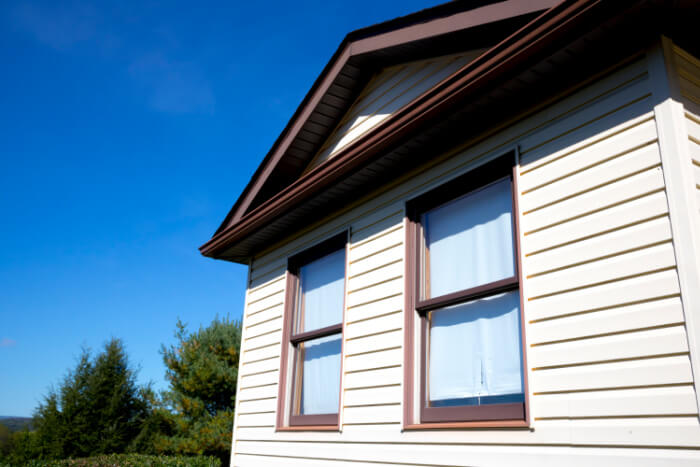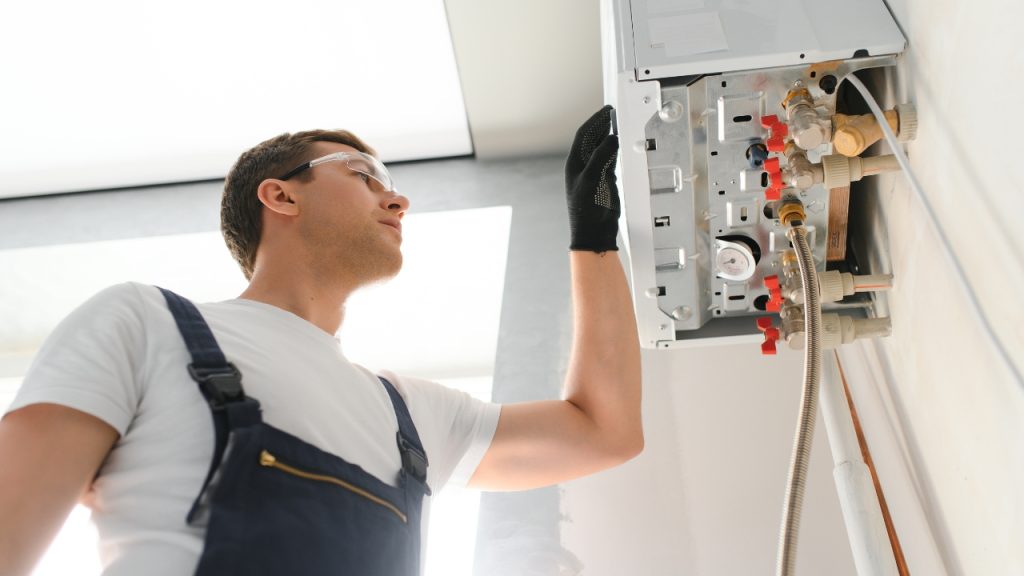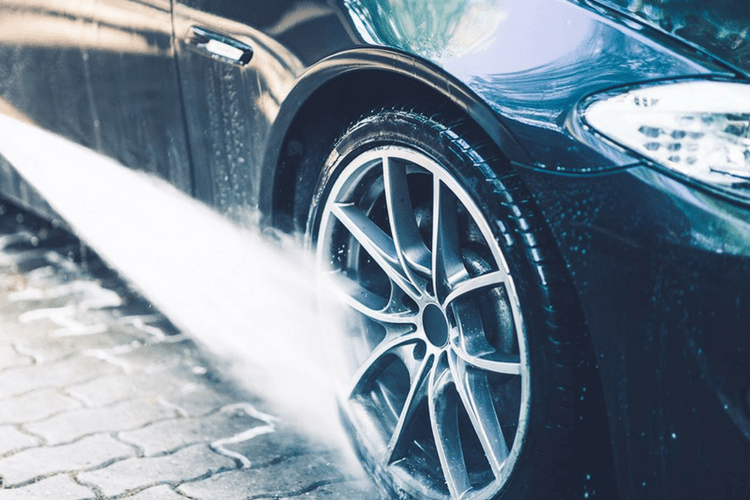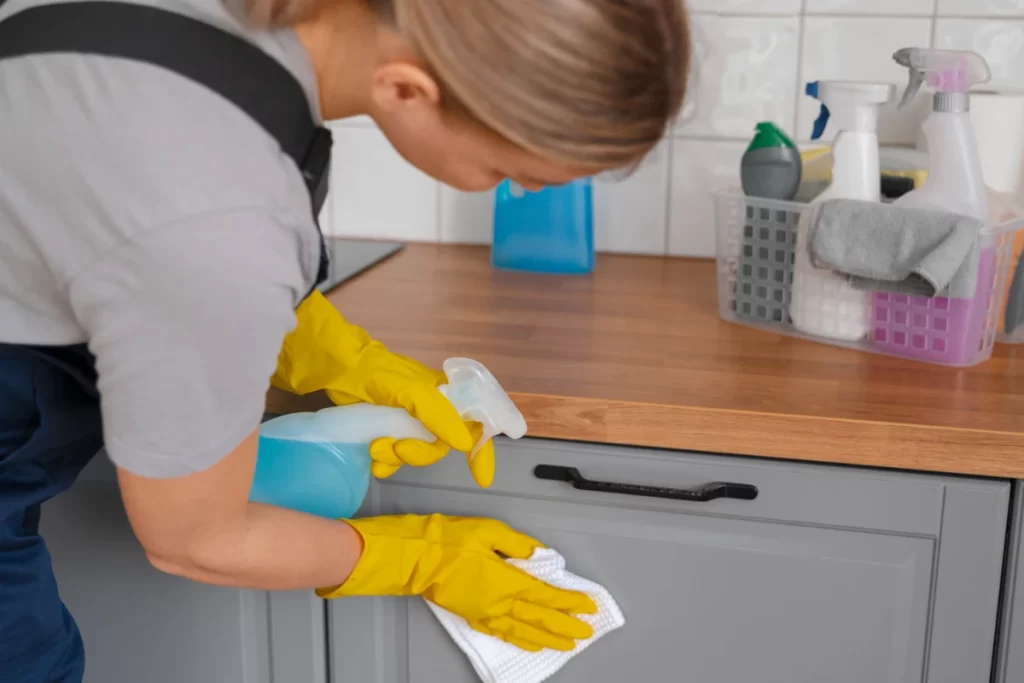Vinyl siding is one the easiest types to install. However, it does not require any skill or knowledge to do properly. Vinyl siding that is not properly installed can allow water in and make it a home for pests. It won’t look good. These are the top mistakes that you should avoid when installing vinyl siding.
A wider starting strip is an option
Starter strips are available in many sizes and colors to start vinyl siding. The thinner starter is more cost-effective, so most people will choose it. However, this is a poor choice. Make the investment in a 3-1/2″ starter strip. When installing the starter strip, ensure that it hangs at least 1″ above the foundation of your house. Also, drop it as low as possible while you install it properly.
The better the siding protects the house from rain, snow and any other natural elements, the more the foundation is covered.
Take Care to Level It Out
Properly installed siding must be leveled. It will perform better and be easier to install. Before you start the project, draw a line with chalk around the base of the house where the first piece of siding will be placed. This will help you plan your installation. To keep the project moving smoothly, make sure to level out every five courses.
Make sure to leave space at the ends
Vinyl siding must be able move slightly once it is installed. Cut your ends so you have 1/4″ extra space at each end of your siding runs. This will allow for expansion in the summer months and prevent siding from buckling or other problems.
To make the cuts, use a vinyl blade
Do not use a regular fine-toothed saw to cut vinyl sections during vinyl siding installation in Stony Point. Use a special vinyl blade instead. This blade places the teeth in a reverse order so that the cut is more smooth. This reduces chipping and other problems during standard cutting, and makes the project run more efficiently. Modernize is a trusted local resource for vinyl siding installation.
Lock Siding Down Loosely
You should not lock the siding against the house’s walls. Instead, leave enough space between the heads of the nails and the siding to be secured underneath them. This will allow siding to expand and contract as needed.
Lift and Nail
It is not something you want to see siding fall apart after it is installed. As you nail each piece, you need to pull it up slightly. Lift the piece up and nail it in place. This will help to secure the pieces and create a strong bond between the siding sections.
Make sure you have the right nails
Galvanized roofing nails are best to secure the siding in place and allow it to weather well after it is installed. If the siding will be installed over rigid foam, make sure they are at least 2 inches long. However, if you need to secure it against sheathing, use longer nails. Galvanizing nails is a good idea to prevent siding from rotting.
Flash Window Bottoms
Before you begin installing vinyl siding, make sure you flash the corners of all windows. Simply cut a piece of felt paper that fits perfectly over each corner of your window. Then, use the roofing nails to secure it. The roofing felt should be placed around the corners to prevent water from entering behind the J-channels. This will prevent water from rotting the frames around the windows. Any water that gets behind the channels, will instead roll down the flashing then on top of existing siding.
These tips will help you improve your siding installation. You can also reduce the installation time and improve the look of your finished product. These tips are easy to remember, but they are crucial for properly installing siding.









